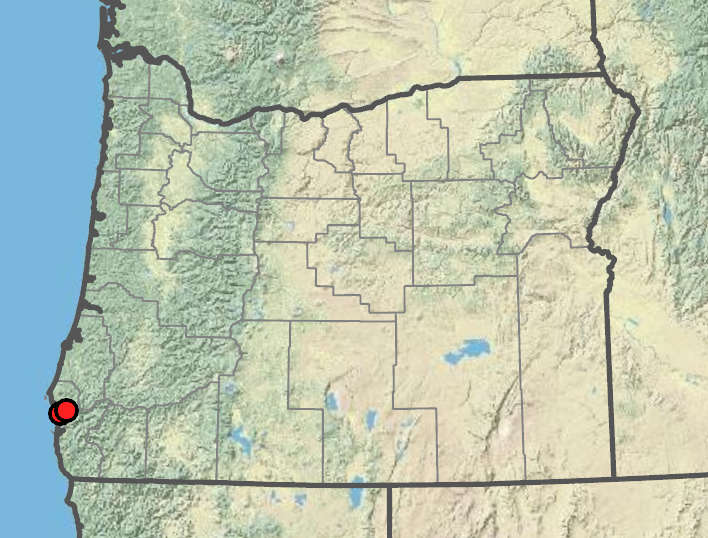Phalaris lemmonii
Phalaris angusta
narrow canarygrass, timothy canarygrass
not swollen at the base.
blades 3–15 cm × 2–12 mm.
cylindrical, often lobed and interrupted near the base, 2–20 × 0.6–1.5 cm; the spikelets borne singly;
branches obscure;
disarticulation above the glumes.
all alike, 3 florets; lower 2 florets sterile.
2–5.5 × 0.6–1.1 mm, often purplish;
keels winged, scabrous;
wings approximately 0.4 mm wide;
lateral veins conspicuous, scabrous;
tips mucronate.
linear, 0.5–1.5 mm, inconspicuously hairy.
2–3.8 × 0.9–1.5 mm;
lemmas pubescent, particularly distally; shiny;
tips tapering.
0.5–1.3 mm.
=14.
Phalaris lemmonii
Phalaris angusta
Grasslands, prairies. 0–50m. CR. CA; southern US; South America. Native?
The somewhat lobed inflorescence of Phalaris angusta might suggest an abnormal P. arundinacea, but that species is a rhizomatous perennial with two tiny, hairy sterile florets in each spikelet. This species is generally considered native to North America, but some authorities have disagreed and consider it adventive.
Barbara Wilson, Richard Brainerd, Nick Otting


